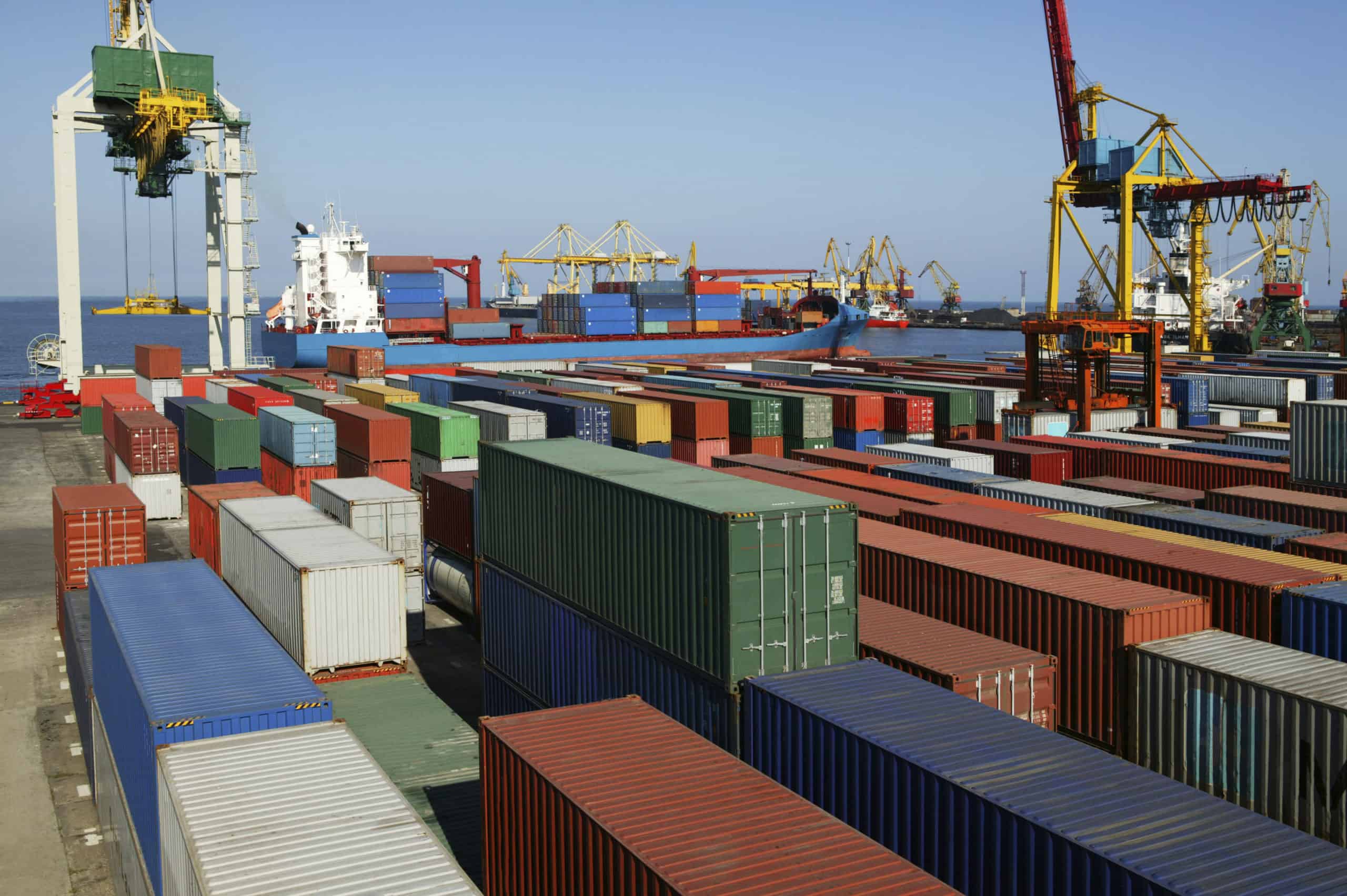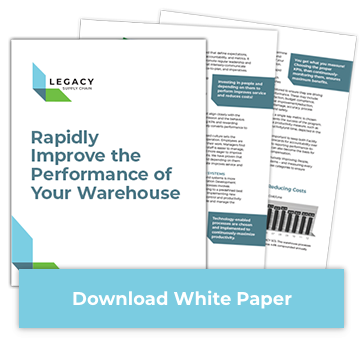West Coast Labor Uncertainty Continues to Feed Supply Chain Disruption

What can the West Coast Strike teach us about risk mitigation?
All eyes have been on the West Coast ports since May, when the International Longshore and Warehouse Union (ILWU) and the Pacific Maritime Association (PMA) first began contract discussions. The previous six-year contract expired on July 1, 2014, and while both parties have pledged to continue moving cargo until an agreement is reached, the unrest is cause for concern. Supply chain disruption risks are highest during negotiation periods, so the possibility of disruption came as no surprise leading up to the recent ILWU and PMA contract negotiations. While disruption has been minimal so far, negotiations are projected to continue into August.
What can the West Coast Strike teach us about risk mitigation?
As negotiations continue, it’s important to be proactive, as with any potential supply disruption. As a supply chain provider, the team here at LEGACY Supply Chain Services is keeping a close eye on the West Coast labor negotiations and their impact on international transportation.
Russ Romine, LEGACY’s VP Global Transportation Services, comments that, “Even in the anticipation of a possible disruption, the supply chain becomes disrupted. In the last month, we’ve seen retailers increasing their shipments, in fear that this negotiation will turn into a full-blown strike or lockout. As a result, ports are experiencing an influx of cargo and a resulting slowdown in the supply chain as increased shipments cause delays. As negotiations remain unsettled, we can expect for this backlog to continue.”
A tactic that many supply chains have tried in their efforts to avoid congestion in the main L.A. ports, is the use of diversions. “We’re still seeing some mixed results with diversions,” says Romine. “It’s unclear how and when the contract negotiations will settle, but pending those outcomes, supply chain providers may still experience delays using alternative ports. It’s important to work with your 3PL partner in identifying the best possible route for your business.”
There are various elements that can lead to disruption. The strength of a supply chain relies heavily on an organization’s ability to forecast and predict any possible type of disruption. With a strong 3PL partner and the proper planning, organizations can be prepared for situations like what we see happening on the West Coast presently.
Get Insights. Stay Ahead.
Get the latest news and insights via email on warehouse improvement, transportation optimization, labor strikes and international shipping rate changes.Popular Posts
Search Posts
-
2024 Q1 Freight Landscape: Trends, Challenges, and Predictions
As the first quarter of 2024 comes to an end, here are some observations over the past few months as well as predictions about the trucking...
+ Read more -
Baltimore Bridge Impact Assessment – Update
Following the recent Baltimore Bridge collapse and subsequent port closures, we want to keep our customers informed about the situation and...
+ Read more -
Global Momentum Builds for Charge on Global Shipping Sector’s CO2 Emissions
A growing coalition of 47 countries, including key players like the European Union, Canada, Japan, and various Pacific Island nations, is...
+ Read more










